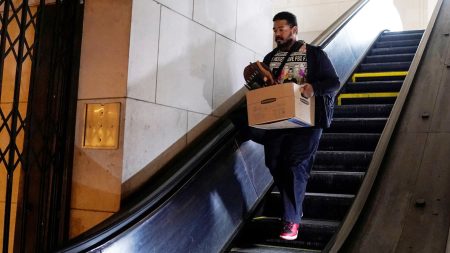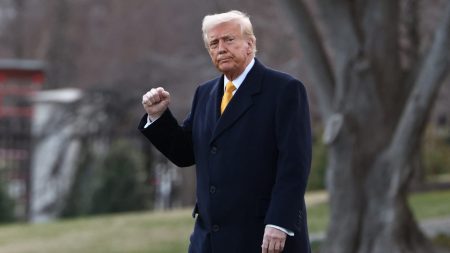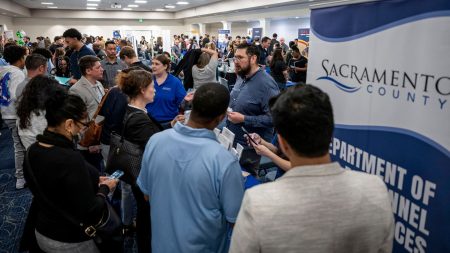The Struggle of American Farmers Amid Tariffs: A Personal and Economic Perspective
The Plight of Caleb Ragland: A Third-Generation Farmer’s Story
Caleb Ragland, a dedicated soybean farmer from Magnolia, Kentucky, stands as a testament to the enduring spirit of American agriculture. A third-generation farmer, Ragland has seen his family’s land nurtured for over two centuries. Despite his loyalty to President Trump, evidenced by his votes in 2016, 2020, and 2024, Ragland now finds himself grappling with the harsh realities of escalating tariffs. These trade barriers, imposed by the Trump administration, threaten the future of his farm, potentially halting a legacy that could otherwise see his sons as the tenth generation of Ragland farmers.
Historical Context: The Lingering Impact of the 2018 Trade War
The 2018 trade war with China under President Trump’s first term set off a cascade of economic knocks for American farmers, with losses exceeding $27 billion. Soybeans bore the brunt, accounting for 71% of these losses. The U.S. has yet to recover its market share in China for soybean exports, a crucial loss that reverberates through the agricultural sector. The recent tariffs exacerbate this wound, pushing soybean prices down by over 40%, alongside rising production costs, casting a bleak outlook for profitability.
The Current Tariff Landscape: Adding Insult to Injury
The Trump administration’s latest tariffs target goods from Canada and Mexico, with an additional 10% levy on Chinese imports. While some exemptions were granted, China retaliated with heightened tariffs on U.S. agricultural goods—soybeans now face an extra 10%, and corn an additional 15%. These measures, coupled with rising costs for essential inputs like potash, a key fertilizer, heap further pressure on farmers. Ragland expresses the frustration of many, questioning the logic of adding taxes that push farmers deeper into unprofitability.
Farmer Sentiment and Economic Implications: A Worrisome Outlook
Farmers’ sentiments are at a low, with trade policy now overshadowing traditional concerns like crop insurance. Surveys reveal a significant portion believes a decline in agricultural exports is likely. Economists note a sharp drop in profit margins for soybeans and corn, with stocks of related companies like Mosaic and CF Industries plummeting. The immediate impact is clear, though some economists suggest that global trade shifts might mitigate long-term effects, with Brazil poised to become the leading producer, potentially relegating the U.S. to an incremental supplier role.
The Shift in Global Trade Dynamics: Brazil’s Rising Prominence
Brazil is emerging as a major player in soybean and corn production, forecasted to dominate global markets. This shift underscores the vulnerability of U.S. farmers, as Brazil’s capacity to expand production poses a significant competitive challenge. Analysts warn that current trade policies may accelerate this trend, fearing the U.S. could lose its prominence in global grain trade, pushing it to a secondary role.
A Call to Action: Seeking Relief and Resilience
Amid these challenges, farmers seek relief through trade deals and a comprehensive farm bill. Ragland emphasizes the need for policies that support agriculture, ensuring the sector’s resilience. While the long-term outlook may hold hope for adaptation, the immediate future remains dire. The story of Caleb Ragland serves as a microcosm of a broader struggle, highlighting the resilience and determination of American farmers in the face of economic and policy adversity.









